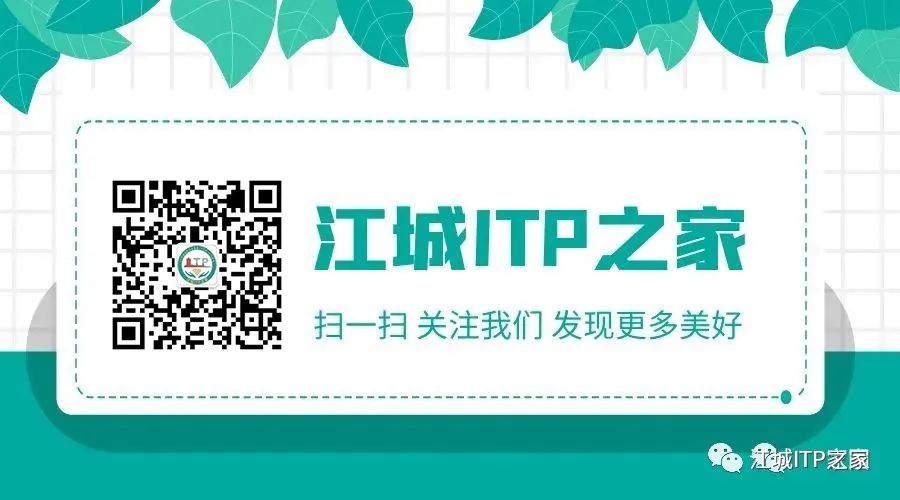Welcome to reprint, please note the source “Jiangcheng ITP Home”🎉🎉🎉

Decitabine (DAC) is commonly known as an anticancer drug, clinically used for the treatment of myelodysplastic syndromes (MDS), acute myeloid leukemia, chronic myelomonocytic leukemia, and other malignant hematological diseases,because it has demethylation and cytotoxic effects, which can induce cell death. However, its “magical” efficacy in ITP should not be underestimated!

Image source: Shetu Network
What is its magical aspect? It turns out that researchers have found that patients undergoing decitabine treatment exhibit increased platelet counts, and the total effective rate of low-dose decitabine used in refractory ITP patients can reach 50% with good tolerance, with some patients even achieving long-term efficacy for over a year.
 This seemingly coincidental discovery is closely related to the pathogenesis of ITP. The levels of methylation-related enzymes and the DNA methylation levels of ITP-related factors are abnormal in ITP patients, which are associated with clinical bleeding risks; ITP patients also have an imbalance of Th1/Th2 cell subsets and abnormal expression of specific transcription factors. Meanwhile, low-dose decitabine has demethylation effects, promoting megakaryocyte production of platelets and inhibiting cytotoxic T cell destruction of platelets, and by regulating regulatory T cells, it restores ITP immune tolerance, inducing long-term remission. Thus, from a mechanistic perspective, the use of decitabine for treating ITP is quite appropriate.
Therefore, low-dose decitabine is indeed a new option for refractory ITP patients or those unwilling to choose other second-line treatment drugs when first-line treatments are ineffective.[1]
This seemingly coincidental discovery is closely related to the pathogenesis of ITP. The levels of methylation-related enzymes and the DNA methylation levels of ITP-related factors are abnormal in ITP patients, which are associated with clinical bleeding risks; ITP patients also have an imbalance of Th1/Th2 cell subsets and abnormal expression of specific transcription factors. Meanwhile, low-dose decitabine has demethylation effects, promoting megakaryocyte production of platelets and inhibiting cytotoxic T cell destruction of platelets, and by regulating regulatory T cells, it restores ITP immune tolerance, inducing long-term remission. Thus, from a mechanistic perspective, the use of decitabine for treating ITP is quite appropriate.
Therefore, low-dose decitabine is indeed a new option for refractory ITP patients or those unwilling to choose other second-line treatment drugs when first-line treatments are ineffective.[1]

Image source: Shetu Network
 The “Chinese Guidelines for the Diagnosis and Treatment of Adult Primary Immune Thrombocytopenia (2020 Edition)” states that the overall effective rate of decitabine for treating ITP is about 50%, with a 6-month sustained response rate of about 40%.The treatment regimen is: 3.5 mg/(m2·d), intravenous drip, for 3 consecutive days as one cycle. After a 3-week interval, the drug is administered again, repeating for 3 to 6 cycles. If there is no effect after 3 cycles, the patient should stop using it. The median time to effect is about 4 weeks, with the latest effect occurring around 10 to 12 weeks.[1]
The overall incidence of adverse events with low-dose decitabine treatment for adult ITP is about 17.8%[1], and most adverse reactions are fever, nausea, and elevated transaminases. The vast majority of patients experience relief or disappearance of symptoms and normalization of indicators after stopping the medication, thus the safety of low-dose decitabine for treating adult ITP is relatively good.
Image source: Shetu Network
In 2008, the original drug of decitabine was introduced in China, produced by Xi’an Janssen Pharmaceutical Company. Currently, decitabine has surpassed its patent protection period, and many manufacturers in China, such as Chengda Tianqing, Aosaikang, Haosen Pharmaceutical, and East China Pharmaceutical, have successively launched generic drugs of decitabine, with 3 different specifications: 25mg*1 bottle/box, 10mg*1 bottle/box, and 50mg*1 bottle/box, priced between 1000-5000 yuan.
Unfortunately, the medical insurance regulations for decitabine state: “Limited to patients with intermediate-2 and high-risk primary myelodysplastic syndromes in the IPSS scoring system.” Therefore, only MDS patients can reimburse the use of decitabine, while ITP patients cannot. It is hoped that in the future, the indications for drugs can be expanded, and more drugs can be included in medical insurance to alleviate the burden on patients!
[1] Cao Xintian, Sun Yan, Wang Dehao, et al. Systematic evaluation of the efficacy and safety of low-dose decitabine in the treatment of adult immune thrombocytopenia[J]. Shandong Medical Journal. 2022, 62(27):24-29.
The “Chinese Guidelines for the Diagnosis and Treatment of Adult Primary Immune Thrombocytopenia (2020 Edition)” states that the overall effective rate of decitabine for treating ITP is about 50%, with a 6-month sustained response rate of about 40%.The treatment regimen is: 3.5 mg/(m2·d), intravenous drip, for 3 consecutive days as one cycle. After a 3-week interval, the drug is administered again, repeating for 3 to 6 cycles. If there is no effect after 3 cycles, the patient should stop using it. The median time to effect is about 4 weeks, with the latest effect occurring around 10 to 12 weeks.[1]
The overall incidence of adverse events with low-dose decitabine treatment for adult ITP is about 17.8%[1], and most adverse reactions are fever, nausea, and elevated transaminases. The vast majority of patients experience relief or disappearance of symptoms and normalization of indicators after stopping the medication, thus the safety of low-dose decitabine for treating adult ITP is relatively good.
Image source: Shetu Network
In 2008, the original drug of decitabine was introduced in China, produced by Xi’an Janssen Pharmaceutical Company. Currently, decitabine has surpassed its patent protection period, and many manufacturers in China, such as Chengda Tianqing, Aosaikang, Haosen Pharmaceutical, and East China Pharmaceutical, have successively launched generic drugs of decitabine, with 3 different specifications: 25mg*1 bottle/box, 10mg*1 bottle/box, and 50mg*1 bottle/box, priced between 1000-5000 yuan.
Unfortunately, the medical insurance regulations for decitabine state: “Limited to patients with intermediate-2 and high-risk primary myelodysplastic syndromes in the IPSS scoring system.” Therefore, only MDS patients can reimburse the use of decitabine, while ITP patients cannot. It is hoped that in the future, the indications for drugs can be expanded, and more drugs can be included in medical insurance to alleviate the burden on patients!
[1] Cao Xintian, Sun Yan, Wang Dehao, et al. Systematic evaluation of the efficacy and safety of low-dose decitabine in the treatment of adult immune thrombocytopenia[J]. Shandong Medical Journal. 2022, 62(27):24-29.
● Expert Clinic ●
Address:
1. Hematology Department Expert Clinic, Professor Mei Heng (every Wednesday afternoon)
2. Clinical Research Center for New Drugs and Cell Therapy, 8th Floor, Building 1, Internal Medicine, Wuhan Union Hospital
Contact:
Dr. Guo: 15629120500
Dr. Liao: 18164207911
● Patient Group ●
Scan the WeChat QR code to join the Jiangcheng ITP Home patient group.
Please indicate your name + diagnosed disease name
Long press to enter the group








